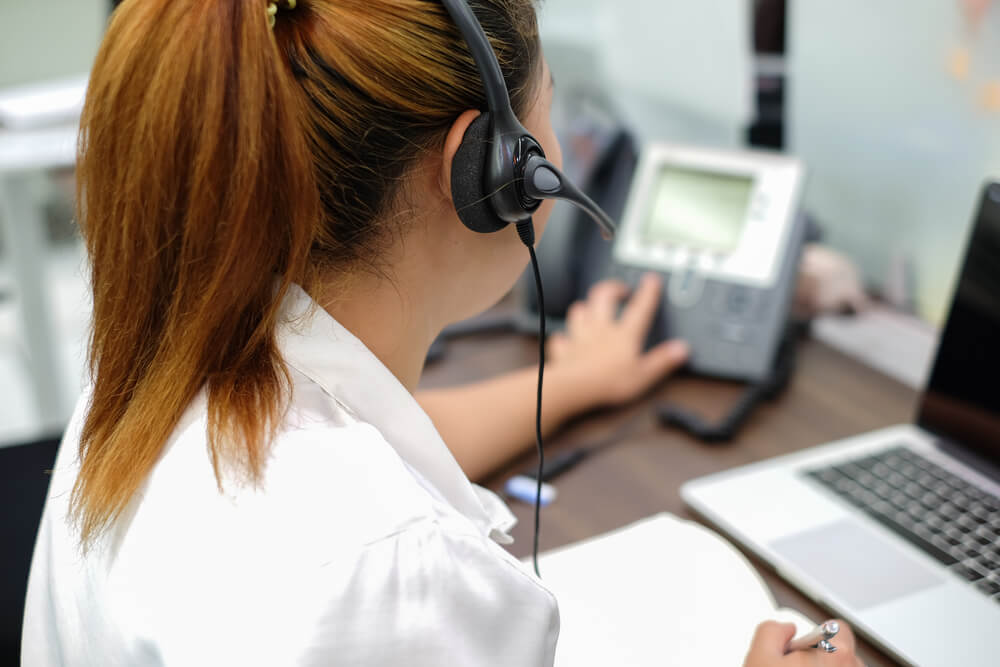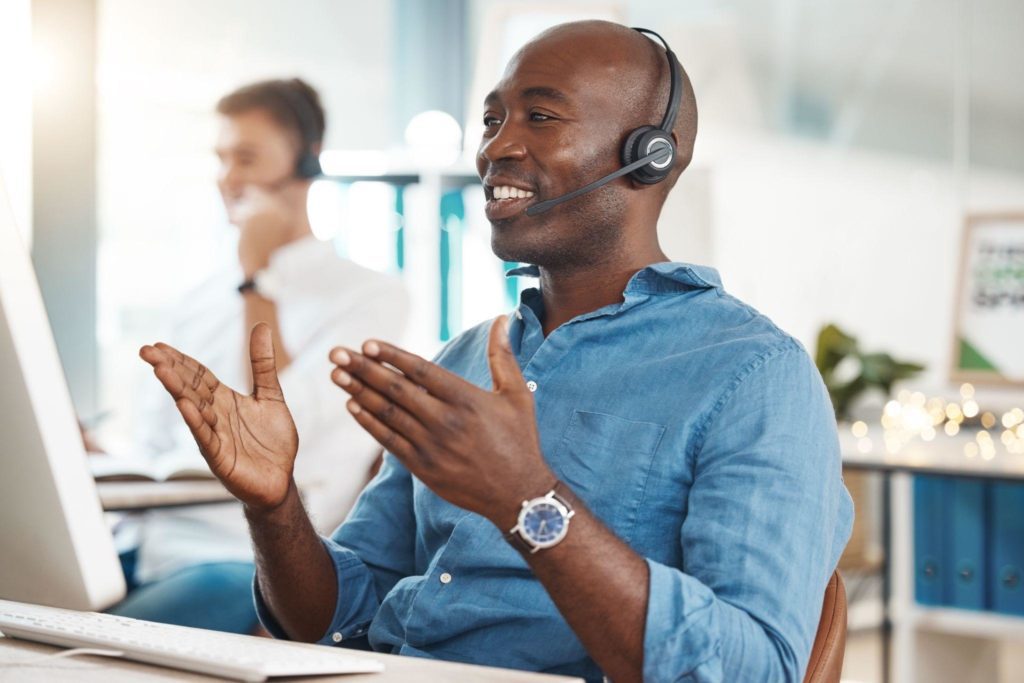All Categories
Featured
Table of Contents
- – What Is The Best Business Answering Services - ...
- – Who Is The Best The Ultimate Guide To Telephon...
- – Which Is Best A Complete Guide For Using Autom...
- – Who Is The Best Call Answering & Reception Se...
- – What Is The Best Live Call Answering - Virtua...
- – Best What Is A Telephone Answering Service A...
What Is The Best Business Answering Services - Virtual Receptionists In The World Right Now
This gadget and its successors were designed by Sava Jacobson, an electrical engineer with a personal consulting service. While early voice mail utilized magnetic tape innovation, a lot of contemporary equipment uses strong state memory storage; some gadgets utilize a combination of both, with a solid-state circuit for the outgoing message and a cassette for the incoming messages.
"toll conserving" below) (virtual call answering service). This works if the owner is screening calls and does not want to speak with all callers. In any case after going, the calling party ought to be informed about the call having been addressed (most of the times this begins the charging), either by some remark of the operator, or by some welcoming message of the little bit, or dealt with to non-human callers (e.
This holds particularly for the Little bits with digitally stored welcoming messages or for earlier makers (prior to the rise of microcassettes) with an unique endless loop tape, separate from a second cassette, committed to recording. There have been answer-only gadgets without any recording capabilities, where the welcoming message had to inform callers of a state of existing unattainability, or e (virtual telephone answering).
Who Is The Best The Ultimate Guide To Telephone Answering Services Provider

about availability hours. In tape-recording Littles the greeting typically contains an invite to leave a message "after the beep". A voice mail that uses a microcassette to record messages On a dual-cassette answerphone, there is an outgoing cassette, which after the specified variety of rings plays a pre-recorded message to the caller.

Single-cassette answering devices consist of the outgoing message at the start of the tape and incoming messages on the staying area. They first play the statement, then fast-forward to the next offered area for recording, then tape the caller's message. If there are numerous previous messages, fast-forwarding through them can cause a substantial hold-up.
This beep is typically described in the greeting message, requesting that the caller leave a message "after the beep". TADs with digital storage for the tape-recorded messages do disappoint this hold-up, of course. A TAD might use a remote control center, whereby the answerphone owner can sound the home number and, by entering a code on the remote telephone's keypad, can listen to recorded messages, or delete them, even when away from home.
Which Is Best A Complete Guide For Using Automated Answering Systems Brand

Consequently the device increases the number of rings after which it responds to the call (usually by two, resulting in 4 rings), if no unread messages are presently stored, but responses after the set variety of rings (usually two) if there are unread messages. This permits the owner to discover whether there are messages waiting; if there are none, the owner can hang up the phone on the, e.
Some devices also permit themselves to be from another location triggered, if they have actually been turned off, by calling and letting the phone ring a particular a great deal of times (generally 10-15). Some company desert calls currently after a smaller sized variety of rings, making remote activation difficult. In the early days of Little bits an unique transmitter for DTMF tones (dual-tone multi-frequency signalling) was regionally needed for push-button control, given that the previously utilized pulse dialling is not apt to convey suitable signalling along an active connection, and the dual-tone multi-frequency signalling was executed step-by-step.
Any incoming call is not identifiable with respect to these properties in advance of going "off hook" by the terminal equipment. So after going off hook the calls should be changed to suitable devices and only the voice-type is right away accessible to a human, but maybe, nonetheless need to be routed to a LITTLE BIT (e.
Who Is The Best Call Answering & Reception Services - Office Shed Provider
What if I informed you that you do not have to in fact get your gadget when addressing a consumer call? Someone else will. So convenient, right? Answering call does not require somebody to be on the other end of the line. Efficient automated phone systems can do the technique just as effectively as a live representative and sometimes even better.
An automated answering service or interactive voice reaction system is a phone system that interacts with callers without a live individual on the line - answering service. When companies use this innovation, clients can get the response to a question about your organization simply by utilizing interactions set up on a pre-programmed call flow.
Although live operators upgrade the client service experience, lots of calls do not require human interaction. A simple documented message or instructions on how a customer can retrieve a piece of information usually solves a caller's immediate requirement - phone call answering. Automated answering services are an easy and reliable method to direct incoming calls to the best individual.
What Is The Best Live Call Answering - Virtual Reception Program?
Notification that when you call a company, either for support or item query, the first thing you will hear is a pre-recorded voice greeting and a series of choices like press 1 for client service, press 2 for queries, and so on. The pre-recorded choices branch off to other options depending upon the consumer's choice.
The phone tree system helps direct callers to the right individual or department using the keypad on a cellphone. In some instances, callers can use their voices. It's worth keeping in mind that auto-attendant alternatives aren't limited to the ten numbers on a phone's keypad. When the caller has chosen their very first choice, you can develop a multi-level auto-attendant that uses sub-menus to direct the caller to the ideal sort of help.
The caller does not have to interact with an individual if the auto-attendant phone system can handle their issue. The automated service can path callers to a staff member if they reach a "dead end" and require support from a live representative. It is costly to employ an operator or executive assistant.
Best What Is A Telephone Answering Service And What Are The ... You Can Buy
Automated answering services, on the other hand, are substantially more economical and provide considerable cost savings at an average of $200-$420/month. Even if you do not have committed staff to deal with call routing and management, an automatic answering service improves productivity by permitting your group to concentrate on their strengths so they can more effectively invest their time on the phone.
A sales lead routed to customer care is a lost shot. If a consumer who has item questions reaches the wrong department or gets insufficient responses from well-meaning staff members who are less trained to handle a specific kind of concern, it can be a cause of aggravation and dissatisfaction. An automated answering system can reduce the variety of misrouted calls, thereby assisting your workers make much better usage of their phone time while releasing up time in their calendar for other tasks.
With Automated Answering Systems, you can develop a customized experience for both your staff and your callers. Make a recording of your primary welcoming, and merely update it frequently to show what is going on in your organization. You can create as many departments or menu choices as you desire.
Table of Contents
- – What Is The Best Business Answering Services - ...
- – Who Is The Best The Ultimate Guide To Telephon...
- – Which Is Best A Complete Guide For Using Autom...
- – Who Is The Best Call Answering & Reception Se...
- – What Is The Best Live Call Answering - Virtua...
- – Best What Is A Telephone Answering Service A...
Latest Posts
Real Estate Answering Service Near Me
Top Phone Answering Service ( Melbourne)
Specialist Bilingual Answering Service Near Me – Newcastle
More
Latest Posts
Real Estate Answering Service Near Me
Top Phone Answering Service ( Melbourne)
Specialist Bilingual Answering Service Near Me – Newcastle